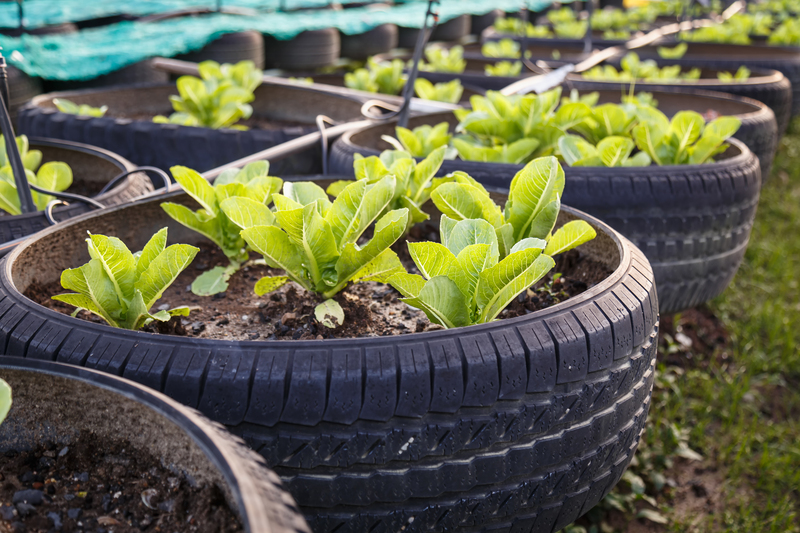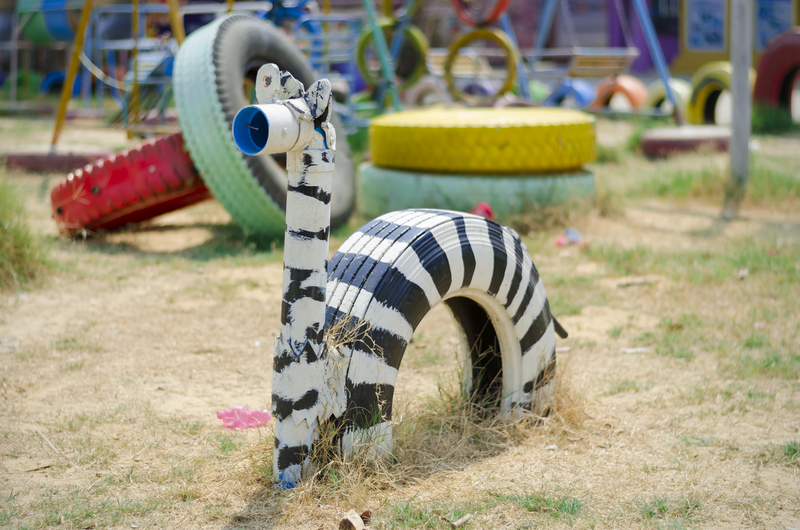Efforts to Slash Single-Use Plastic
Posted on 15/09/2025
Efforts to Slash Single-Use Plastic
In recent years, the world has become increasingly aware of the environmental impact of single-use plastics. From the Great Pacific Garbage Patch to microplastics infiltrating our food system, the need to reduce plastic waste has become a pressing global concern. Governments, companies, and individuals are now taking significant steps to slash single-use plastics and mitigate their environmental footprint. This article explores these efforts, highlighting the progress made and the challenges that remain.
Government Initiatives and Legislation
Governments around the world are enacting laws and policies aimed at reducing the use of single-use plastics. Countries in the European Union, for instance, have been at the forefront of this battle. Since 2021, the EU has implemented a ban on a range of single-use plastic items, including straws, cutlery, plates, and cotton bud sticks. This legislative action is expected to significantly cut down the 25 million tons of plastic waste generated annually in Europe.
In North America, both Canada and the United States have seen regional and local governments taking steps to curb plastic use. Canada's federal government announced an array of measures targeting harmful single-use plastics, with plans to ban items like plastic checkout bags, stir sticks, six-pack rings, and straws. In the United States, several cities and states have moved to impose bans and restrictions on single-use plastic bags and containers, spurred by growing public support and grassroots activism.

Corporate Responsibility and Innovation
Many corporations are also stepping up their efforts to reduce plastic waste. Recognizing both the environmental impact and the growing consumer demand for sustainable products, companies are innovating new ways to package and deliver goods. For example, multinational beverage companies such as Coca-Cola and PepsiCo have committed to making their packaging 100% recyclable, reusable, or compostable by 2025. They are investing in research to develop alternative materials that can replace traditional fossil-fuel-based plastics.
Retail giants like Unilever and Procter & Gamble are also setting ambitious sustainability goals. Unilever has pledged to halve their virgin plastic use and ensure that all of their plastic packaging is reusable, recyclable, or compostable by 2025. Similarly, Procter & Gamble is focusing on designing more concentrated products that require less plastic packaging and on increasing the use of recycled materials in their packaging.
Innovative Materials and Technologies
Technological advancements are playing a crucial role in the fight against single-use plastics. Novel materials such as bioplastics, which are made from renewable biomass sources like corn starch or sugarcane, are becoming more viable alternatives. These bioplastics can decompose more quickly than traditional plastics, reducing their environmental impact.
Another exciting development is the creation of "plastic-eating" enzymes and bacteria. Scientists are making breakthroughs in engineering enzymes that can break down PET (polyethylene terephthalate) plastics into their base components, which can then be reused to create new plastics. Additionally, some startups are exploring the use of mycelium, the root structure of fungi, to create biodegradable packaging materials. Such innovations hold great promise for reducing the volume of single-use plastics that end up in landfills and oceans.
Public Awareness and Grassroots Movements
The momentum to reduce single-use plastics has also been driven significantly by public awareness campaigns and grassroots movements. Environmental organizations, social media influencers, and everyday citizens are playing an essential role in educating the public and advocating for change. Campaigns such as Plastic Free July, which encourages individuals to avoid single-use plastics for an entire month, have gained global traction, fostering a collective movement towards sustainable living.
Schools and universities are embedding sustainability practices into their curricula, nurturing a new generation of environmentally-conscious citizens. Community clean-up events and beach clean-ups, often organized by local NGOs and environmental groups, are also making a tangible difference by removing plastic waste from local environments and raising awareness about the plastic pollution crisis.

Challenges and Future Directions
Despite significant progress, the journey to eradicate single-use plastics remains fraught with challenges. One of the major hurdles is the economic and logistical complexities involved in transitioning away from plastic. For many developing countries, single-use plastics are often more affordable and accessible compared to sustainable alternatives. This economic disparity poses a challenge in achieving global strides towards reducing plastic waste.
Moreover, while bioplastics and other alternatives show promise, their production and disposal often come with their own set of environmental challenges. For instance, bioplastics require large amounts of land and resources for their production, raising concerns about their overall environmental sustainability. Additionally, misinformation and lack of understanding about the correct disposal of such materials can lead to contamination in recycling streams, complicating waste management efforts.
Looking forward, it is essential to adopt a holistic and multi-faceted approach to tackle the issue of single-use plastics. Governments, corporations, and individuals must continue to collaborate, innovate, and advocate for policies and practices that drive sustainability forward. Increasing investment in research and development of sustainable materials, improving waste management infrastructure, and fostering a culture of conscious consumption are imperative steps towards achieving a plastic-free future.
Conclusion
The global efforts to slash single-use plastics are a testament to our collective commitment to protecting the environment. While significant progress has been made, it is clear that sustained efforts are necessary to overcome the challenges that lie ahead. By continuing to innovate, legislate, and educate, we can pave the way for a more sustainable and plastic-free future for generations to come.




